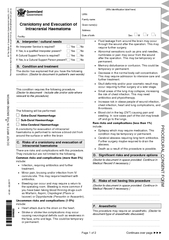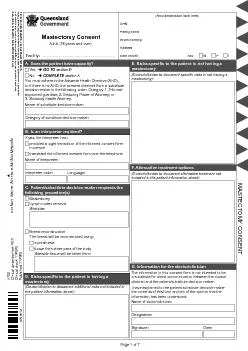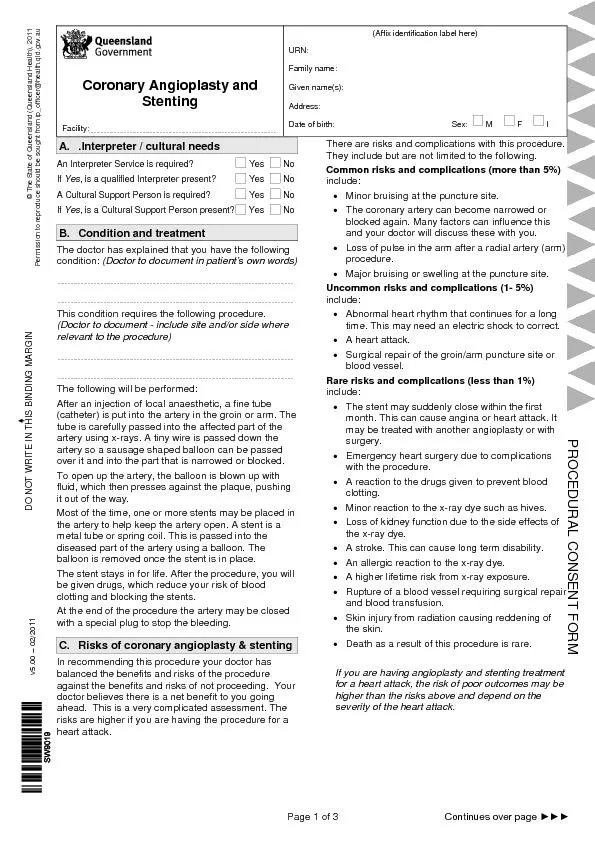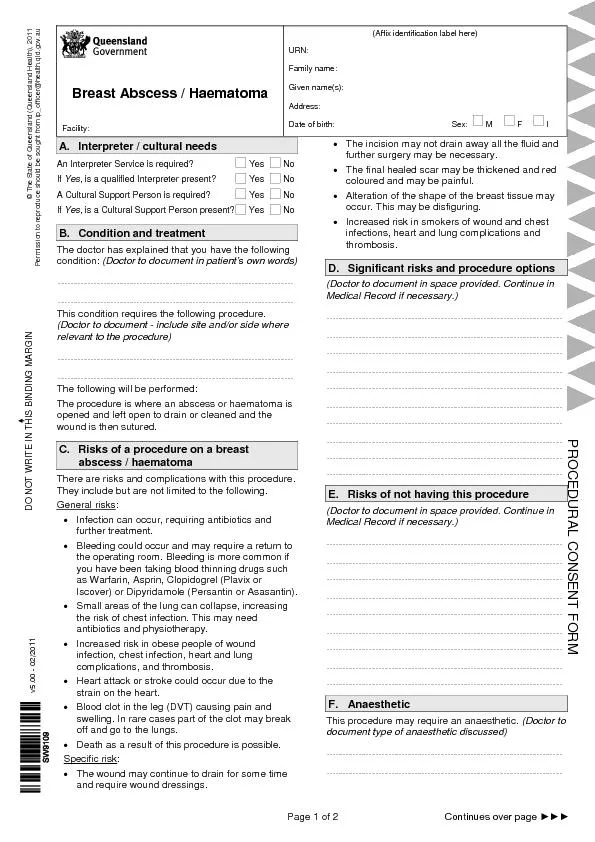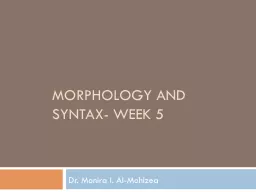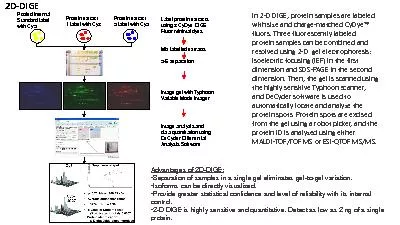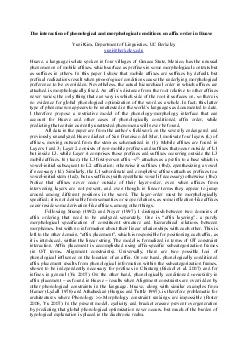PDF-(Affix identification label here)
Author : pasty-toler | Published Date : 2015-08-03
Family ameGiven ames AddressDate of birthSex M F I Craniotomy and Evacuation of Intracranial Haematoma Facility Page 1 of 2 Continues over page x25BAx25BAx25BA v200
Presentation Embed Code
Download Presentation
Download Presentation The PPT/PDF document "(Affix identification label here)" is the property of its rightful owner. Permission is granted to download and print the materials on this website for personal, non-commercial use only, and to display it on your personal computer provided you do not modify the materials and that you retain all copyright notices contained in the materials. By downloading content from our website, you accept the terms of this agreement.
(Affix identification label here): Transcript
Download Rules Of Document
"(Affix identification label here)"The content belongs to its owner. You may download and print it for personal use, without modification, and keep all copyright notices. By downloading, you agree to these terms.
Related Documents

